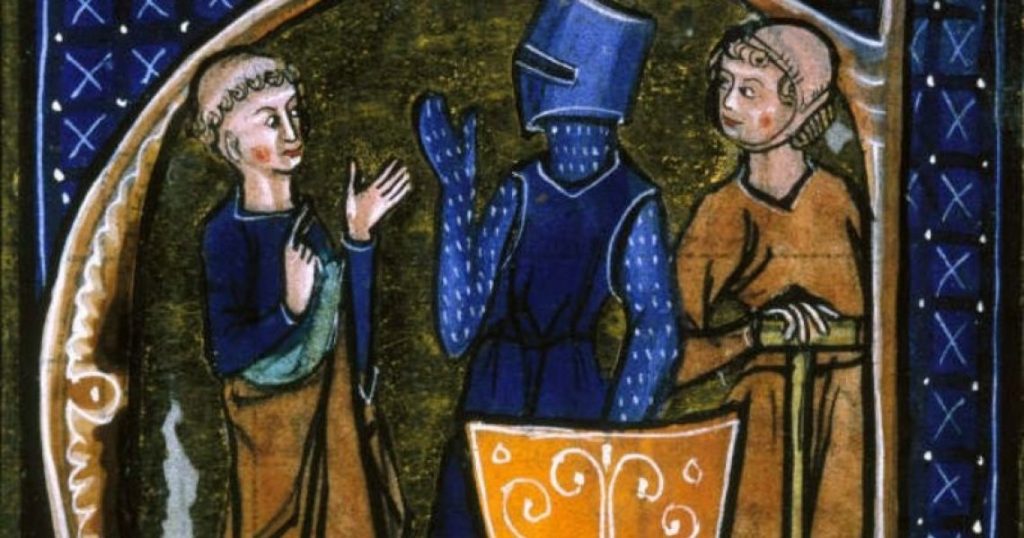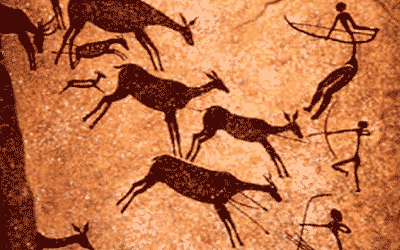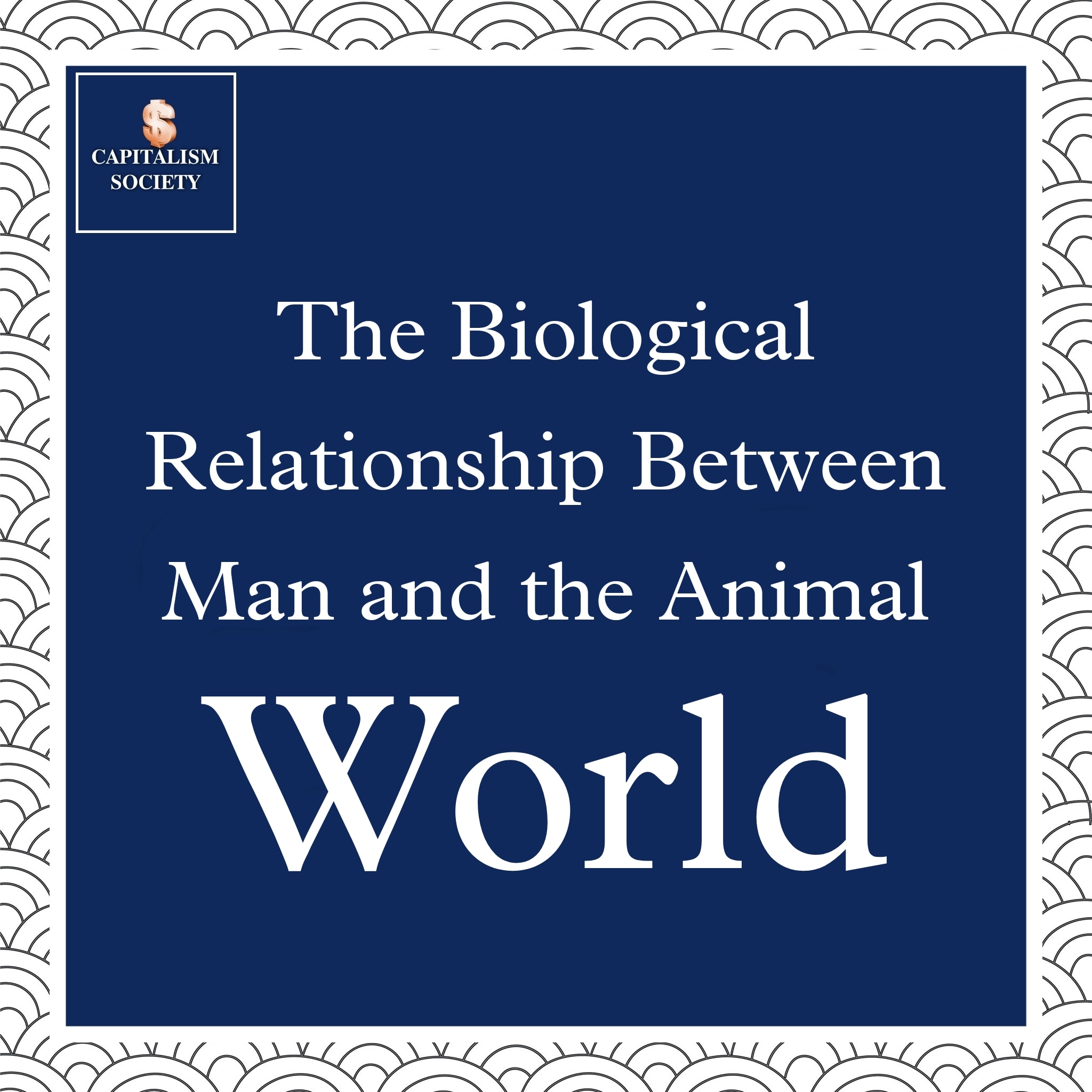In the 19th century archeologists discovered the remains of extinct , highly developed primates called Dryopithecinae , or tree apes . Charles Darwin , the great English naturalist , and his followers analysed the evolution of the animal world over the course of many centuries and used these discoveries to scientifically prove the biological relationship between man and the animal world , as well as man’s evolution from the highly developed tossil apes . The proof of this theory was to be found in the data provided by anatomy , embryology , paleontology and , specifically , by the basic similarity of skel etal structure , brain development and the composition of the blood of modern man and the anthropoid apes . The develop ment of modern science has proved the validity of this mate rialist theory magnificently .
Category: mankind, history, hemisphere, productive,
The Essence of Feudalism According to Bourgeois Sources

The idealist interpretation of the history of society in the Middle Ages is in complete opposition to the materialist understanding of the development of feudalism and its stages .
The term Middle Ages also exists in bourgeois literature , having been introduced by the Italian humanists as a means of indicating the intermediary period between the cultures of Greek and Roman Antiquity and the Renaissance in Italy and other European countries in the 15th – 16th centuries . Later , through the works of Bourgeois authors , this division into ancient history , the history of the Middle Ages and modern history was established . However , the majority of Western scholars do not relate these terms to any definite socio – economic processes but regard them merely as condi tional names . Some bourgeois scholars believe that the Middle Ages begin with the onset of the Christian era , others , with the 5th century , the time of the fall of Western Roman Empire . They also hold different views on the period which ends the Middle Ages : from the 14th to the 16th centuries . Withal , their chief aim is to prove that there was no revolutionary upheaval in social relations in the transition from Antiquity to the Middle Ages . Various bourgeois authors approach this question in accord ance with their own political beliefs . Two questions have been at the centre of the dispute : the significance of the invasion of the German tribes and the historical role of the German commune ( mark ) in regard to the states that emerged on the territory of the former Roman Empire . Waitz , Sohm , Brunner and other 19th – century chauvinist German historians portrayed the fall of the Roman Empire as the triumph of the German ” national spirit ” over the decadent Roman society , never mentioning the role of the commune in estab lishing new social relations . The French historian Fustel de Coulanges ( late 19th century ) ignored the very existence of the agricultural commune . In his attempt to prove the eternal nature of the wealthy class and the exploitation of the masses by the aristocracy he was a proponent of the so – called patri monial theory . He stated , without any proof , that the mark had never existed and that the patrimony was allegedly the basis of the medieval economy ; ” he further contended that it had appeared , fully formed , in the Middle Ages from the Later Roman Empire . Fustel de Coulanges , Du Bos , and the English historian Seeboh all denied the fact that the German tribes had con quered the Roman Empire , stating that what had actually occurred was a gradual penetration of Roman society by the
German tribes , a fact that in no way changed the nature of Fustel de Coulanges opposed the so – called commune theory . However , the bourgeois historians who supported this theory that society . ( Maurer and others ) misrepresented the true role of the primitive – communal system of the German tribes and especi ally the commune in the establishment and further develop ment of feudalism . Maurer believed the commune , patterned on the ancient German clan , was the immutable basis of life in medieval society . The reactionary historian Dåpsch also attempted to prove there was no leap in the transition to the Middle Ages . He contended that the ancient German tribes , far from causing any damage to Roman civilisation , had become its proponents and preservers and that their social system was allegedly no different than that of Roman society . All this , according to Dopsch , proved the absence of a revolutionary upheaval in the transition to the Middle Ages . He further contended that the essence of both systems was large – scale private prop erty which had existed from the beginning of time . In this respect , his opinions coincide with those of many contem porary bourgeois authors . Bourgeois historians also use the term feudalism , but the meaning they put into it is quite different than that described above . One can follow the evolution in their opinions on this question . François Pierre Gizot and other 19th – century bourgeois historians regarded feudalism as a system of vassalage and considered its basic feature to be political disunity . They did not accept the theory of the development of human society and rejected the idea of changing socio – economic formations . In their opinion , vassalage was connected with the early land relations and the predominance of the patrimony . Henri Sée , one of the most prominent bourgeois historians of the 20th century , also believed feudalism stood for political disunity . He saw no difference between the Roman latifun dium and the medieval feudal estate . According to Sée , feudal property was an estate which belonged completely to the Contemporary bourgeois historians have digressed still further from the scientific understanding of the term feudal ism . Thus , the American historians Strayer and Colburn
believe feudalism is not a system of definite social relations , but an extremely conditional term which stood for different things at different times . In their opinion feudalismi is , firstly , a ” method of administration ” and not an economic and social system , and , moreover , a method which kept changing ; feudalism was allegedly related to landownership , the fief , in name only . They held that the political rule of the feudal lord was in no way connected with any social or economic processes . That is why with equal facility they find feudalism in Meso potamia and Ancient Egypt in the 3rd millennium B.C. and in China , on the Arabian Peninsula and in Western and Eastern Europe in the 1st millennium B.C. , while India and Russia , according to these historians , allegedly by – passed feudalism completely . This outlook is typical of those bourgeois historians who deny the scientific periodicity of history and ignore the facts of reality , both in the past and in the future , if they do not comply with their political beliefs .
Ice – Age Tools
One hundred thousand years ago mankind entered a new stage of development . At this time the climate of the Northern Hemisphere changed drastically . Glaciers from the north began moving southward . The greater part of Europe was covered by ice . In the warmer countries the rains began . 🔶The present – day Sahara Desert was once an area covered with lakes , rivers and grassy plains interspersed with dense tropical forests .🔻 All heat – loving plants and animals either died out or migrated to the tropics . These animals were supplanted by new types , such as the mammoth , the reindeer , the polar fox , etc. But primitive man survived and continued to develop through his ability to work . The remains of Neanderthal Man , who lived during this time , were found in Europe ( Germany , Spain , Belgium , Yugoslavia , France and Italy ) , Asia ( Pakis tan , Iraq , Java and other regions ) , South Africa and the So viet Union ( in the Crimea and Central Asia ) . The progress of society was determined by the further devel opment of the productive forces . Man’s tools became still more diverse and specialised . As before , his basic tools were made of stone , but they were being constantly perfected . The cutting edges were specially sharpened ; there were now flint daggers , arrowheads , scrapers for working hides , etc. The perfection of these tools brought about the development of new skills and increased productive experience . The use of more perfect tools spurred the development of hunting , which now became primitive man’s major occupa tion . Hunting was done in groups , hunting parties were organised to trap large animals , to force them into swamps , etc. Now man remained for a longer period of time on good hunting grounds where he sought shelter not only in the nat ural caves he found , but in the simplest structures he himself constructed to protect himself from the elements .


